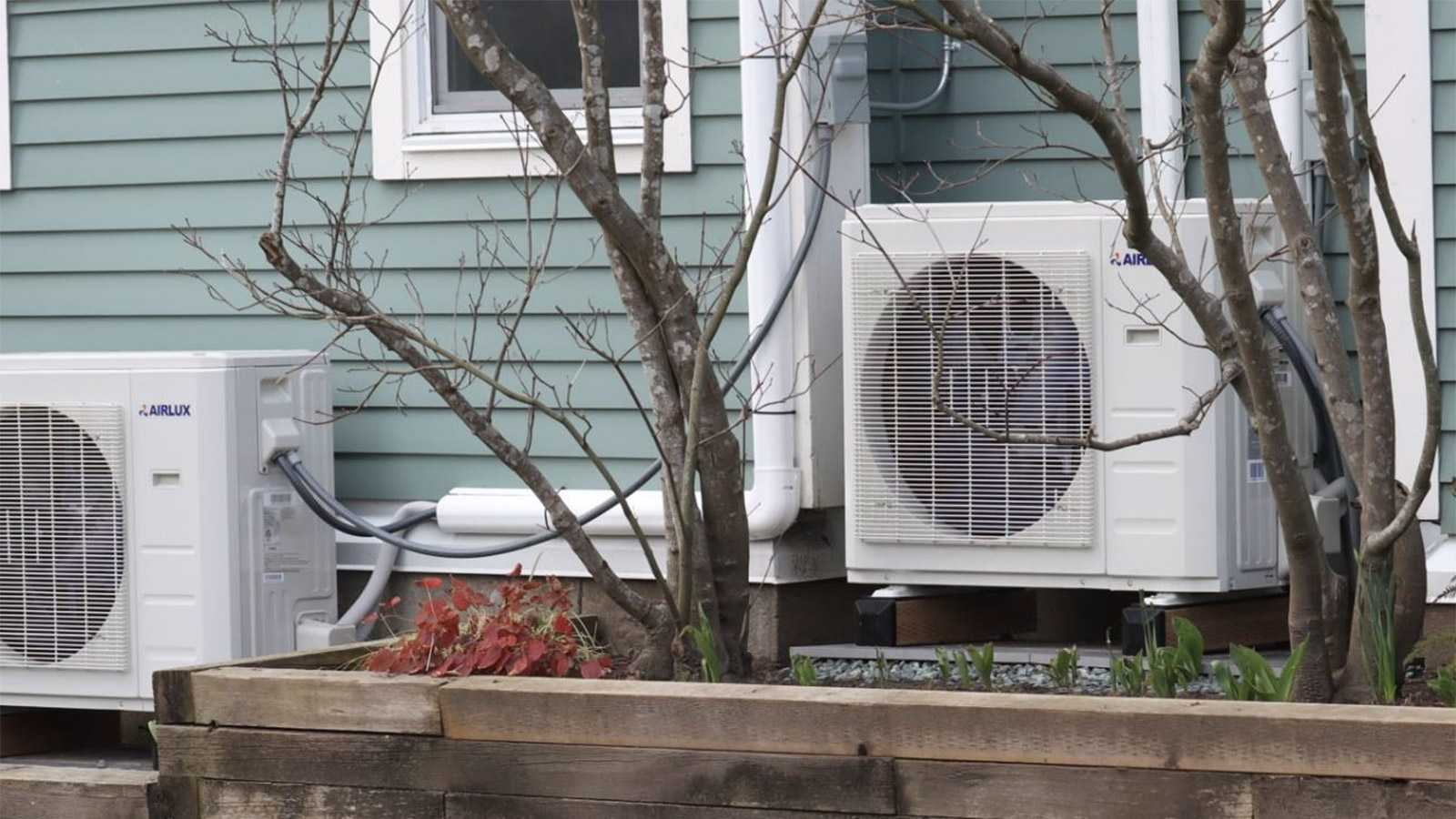Green Co-ops
Individual action is important—the choices each of makes matters—but government and business set regulations and the frameworks with live with and in. Where do housing co-ops fit in?
There are two broad areas: (1) how co-ops deal with their buildings directly, and (2) how co-ops manage their day-to-day operations and influence behaviours in their members.
Our Buildings
Canada’s building sector is the third highest source of emissions in the country. Heating and cooling use energy, so choosing and maintaining efficient systems is important.
The materials we select when building or renewing capital assets also matter. Where do the materials come from? Are they sustainable? Do any of them create health concerns?
Our Behaviors
An estimated one third of our global emissions are tied to our behaviors. Daily choices such as taking transit, choosing more plant-based meals or opting for the non-packaged kiwis while we shop, can have a significant cumulative impact on emissions.
When we as a communities take control of how we make these options easier to individuals, we can affect real change. Members in co-ops can work collectively to reduce consumption (through sharing), to invest ethically, to lobby, to educate each other on best practices, to grow food locally or create habitats for native species or those that require less water to maintain.
